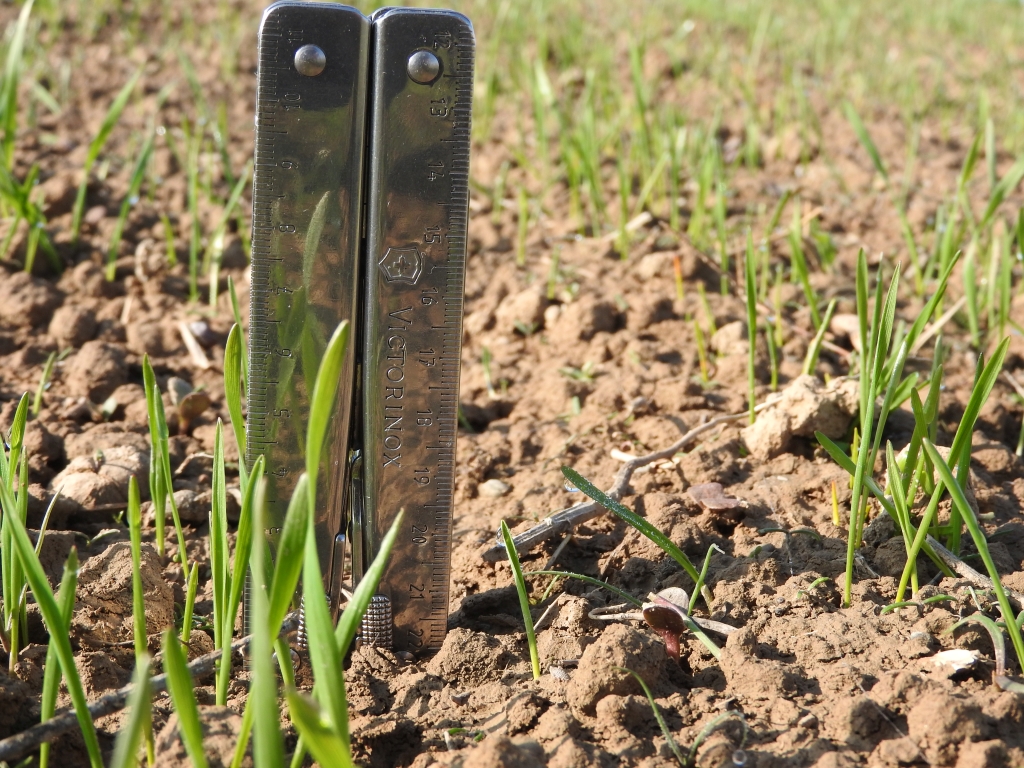Efficiency of irrigation can be improved in terms of sourcing of irrigation water, distribution and field level use. Site-specific improvements have been introduced, which can serve as models. They include:
1. Sourcing of irrigation water:
- Use of of subsurface water flow in dry riverbeds;
- Use of rainwater harvest from house roofing for small vegetable fields;
- Use of wells with low water discharge in combination with water tower and reservoir to allow for drip irrigation of small orchards and melone fields.
2. Water distribution:
- Lining of irrigation canals with high seepage losses;
- Improved water diversion structures for allocation of optimum water quantities.
3. Efficient irrigation of crops:
- Drip irrigation of various crops, e.g. onion, potato, corn, melon, apple;
- Sprinker irrigation of potato.
The major enabling factors are the collaboration of various actors - water management departments and agricultural departments at district level, village administrations, extension service, communities and farmers.
Drip and sprinkler irrigation have been successfully tested in various crops, but the economic viability of these efficient irrigation technologies varies. Drip irrigation is only economically viable where limited irrigation equipment can allow for production of high yield of expensively sold crops, e.g. fruits and melons. For mass crops, like onion and potato, the investment required is too high compared to the prices achieved for the harvest. However, if irrigation water becomes more scarce, irrigation equipment becomes more affordable and/or prices of agricultural products increase, this situation may change and drip irrigation may become affordable for such crops as well.
Sprinkler irrigation already nowadays can be efficient where increasing temperatures challenge the productivity and quality of potato crop.
